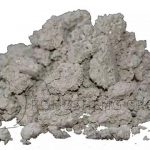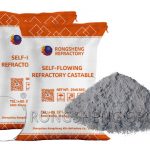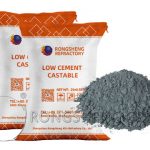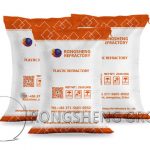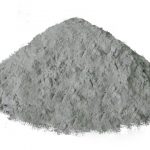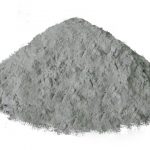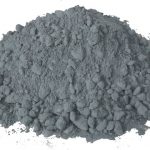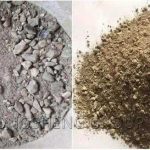Thermal expansion and contraction are natural phenomena. Micro-expansion refractory plastic is a new product to solve the problem of expansion of refractory materials at high temperatures. Rongsheng micro-expansion refractory plastic has a small expansion coefficient in high-temperature environments, high strength, and good application effects.
Advantages and Characteristics of Micro-Expansion Refractory Plastics
Micro-expansion plastic has the characteristics of good plasticity at normal temperature, micro-expansion at high temperature, high strength after high temperature, good sealing performance, and convenient construction.
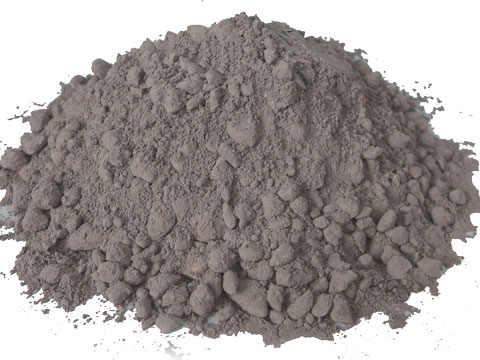
Refractory plastic is made of a certain level of refractory aggregate as the main raw material, adding an appropriate amount of kyanite powder and binding agent, and mixing it in a certain proportion. It is an air-hardening material with good plasticity at normal temperatures, micro-expansion at high temperatures, high strength after high temperatures, good sealing performance, and easy construction. It is widely used in metallurgy, petrochemical industry, electric power, building materials, and other fields, especially in different parts of power plant boilers. Micro-expansion refractory plastic has the characteristics of good plasticity at normal temperature, micro-expansion at high temperature, high strength after high temperature, good sealing, and convenient construction.
The refractory ramming material is formed and constructed using a ramming and compacting forming method. During construction, the plastic is first spread manually on the required parts according to the specified thickness and then hammered with a pneumatic hammer or hand hammer. When used in the wall-penetrating part of the furnace top, since the construction area is narrow, it can be pounded with a longboard. It is generally not easy to be overweight, and the construction surface cannot be pounded to the surface to produce slurry-like refractory concrete. Otherwise, it is not conducive to the density of the internal structure of the plastic and the evaporation of water, so the construction surface will not be easy to smooth and smooth. Specific construction ramming can be divided into secondary ramming. After the initial pounding and densification, according to the local temperature and humidity, when the plastic surface is close to drying, pound it again. The general interval is 3-5 hours. This can improve the density of construction and fully achieve the sealing effect.
Mullite Micro-Expansion Refractory Plastic
Mullite micro-expansion refractory plastic is composed of refractory aggregate, powder, binder, and plasticizer. The tamping method is used to construct refractory mud with certain plasticity. Mullite micro-expansion refractory plastic is generally used as mud blank. During the construction process, crushing with a hammer will produce plastic deformation and will not crack or collapse. After the force is removed, the deformation state can still be maintained. Mullite micro-expansion refractory plastic is a refractory plastic that is often used in complex parts of circulating fluidized bed boilers in power plants. It will expand slightly at high temperatures, thereby improving the overall sealing of the furnace wall and reducing the heat loss of the boiler.
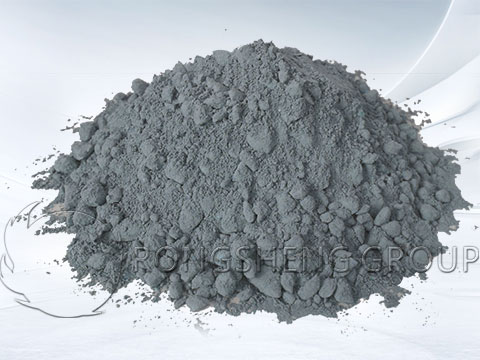
Mullite micro-expansion refractory plastics should be formed using the compacting and compacting method. When the mullite micro-expansion refractory plastic is used in other parts, the mullite micro-expansion refractory plastic can be laid in the used part according to the design thickness requirements. The construction thickness is greater than 50mm, the construction thickness is greater than 5-3-3m, and the depth of the ramming hole is greater than the exhaust hole.
The oven for mullite micro-expanded refractory plastics after crushing is an important link. Especially when operating power plants using wood in oven maintenance, the quality of the oven is directly related to the service life of the refractory lining. However, due to the long cycle of new power plant projects, mullite micro-expansion refractory plastics naturally dry in the air and develop a certain compressive and flexural strength. There is no oven problem. Mullite micro-expansion refractory plastic has a high water content, and the baking heating rate should strictly comply with relevant regulations. Otherwise, the service life of the furnace body will be reduced.
Fast-Hardening Micro-Expansion Plastic
High-temperature micro-expansion refractory plastic is used on the top of boilers and wall pipes and has certain functions and effects. However, due to the long solidification time, shrinkage cracks are prone to occur, which brings inconvenience to construction and maintenance and affects the construction quality. In recent years, after improvements, fast-hardening (micro-expansion) refractory castable plastics have been developed. This type of refractory plastic has the characteristics of fast initial setting speed, high strength, small dry shrinkage, no cracks, and convenient construction, storage, and transportation. Supplied with dry mix, add a certain amount of water as required when using, and stir evenly. It is suitable for lining boiler tube retaining walls, furnace roofs, flues, and other equipment.
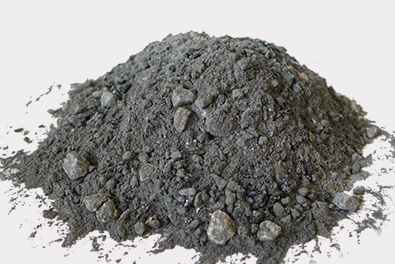
Use of Micro-Expansion Refractory Plastics
The high temperature-resistant plastic structure can be tamped with a tamping machine or manually. Add a certain thickness of material each time, loosen the surface after tamping, and continue tamping until complete. Refractory plastics should be naturally dried for a while according to the type of binder, temperature, humidity, and other conditions before being demoulded, because premature demoulding will cause cracks on the stress-bearing surface of the anchor bricks. When the temperature is about 48 degrees Celsius, the phosphoric acid-bonded plastic can be demoulded by natural drying, the plastic can be demoulded by combining aluminum sulfate and clay, and the plastic can be demoulded by natural drying.
In China, refractory plastics are not only used for wrapping furnace bottom pipes but also for heating furnace tops, furnace mouths, equalizing furnace mouths flue vaults, etc., all of which can achieve satisfactory results. Its advantages include the following:
- High refractory degree. The refractory degree of high-refractory aluminum silicate plastics is between 50-50 degrees. It exceeds clay bricks and reaches the level of high-aluminum bricks, which can be used in places in direct contact with flames.
- It has good resistance to rapid cooling and rapid heat, and will not peel off when used in places with drastic temperature changes. For example, the life of the furnace wall at the mouth of the soaking furnace is only half a year to one year using refractory bricks, while the refractory life of plastic refractory materials can be extended by more than one and a half years.
- The thermal conductivity of plastic materials with good thermal insulation is lower than that of bricks, so the heat loss is small, which can reduce fuel consumption and increase furnace temperature. If the tubes of the continuous heating furnace are covered with plastic, the fuel consumption can be reduced, the furnace output can be increased, and the black marks on the tubes can be reduced. The amount of cooling water is also reduced by two-thirds. The only cost of chartering a car is the fuel savings, which are quickly recouped.
- It has good slag resistance and can resist the erosion of iron oxide slag, and the slag is not easy to adhere to and is easy to clean.
- High wear resistance, used for wrapping pipes and walking beams of walking furnace bodies. Not easy to fall off and not easy to be damaged.
Compared with refractory bricks, refractory plastic materials have a simple construction process, easy construction, fast furnace construction, easy repair, and good integrity. Compared with refractory concrete, no formwork is used and no maintenance is required. Because less glass phase is produced at higher temperatures, the performance exceeds that of refractory materials. The disadvantage of fire-resistant plastic is that the volume shrinks greatly. If the plastic does not add a shrinking agent, it can be dried by about 4%; the strength is low at room temperature.
What should I do if the refractory material cracks, falls off, or is easily worn? To completely solve the problem, you need to dig into the root causes and analyze the real causes. Rongsheng Monolithic Refractory has been engaged in refractory production and R&D services for many years and can solve various difficult problems in high-temperature kiln linings. If you need high-performance refractory lining material solutions, we welcome new and old friends to consult and exchange technology.

